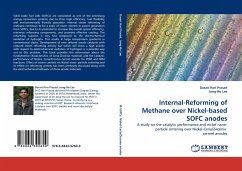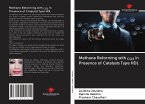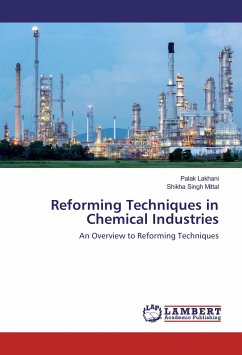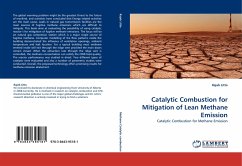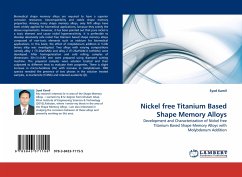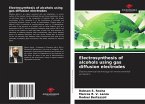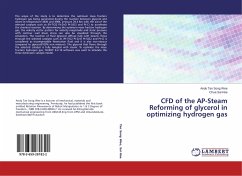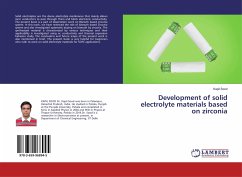Solid oxide fuel cells (SOFCs) are considered as one of the promising energy conversion systems due to their high efficiency, fuel flexibility and environmentally friendly operation. Internal steam reforming of methane continues to be a topic of much interest in power generation from SOFCs, due to its potential to increase the overall system efficiency, minimize reforming components, and provides effective cooling. The reforming reaction is very fast compared to the electrochemical oxidation of hydrogen. This results in large temperature gradients in conventional stacks. Development of new tailored anode catalysts with reduced steam reforming activity but which still show a high activity with respect to electrochemical oxidation of hydrogen is a possible way out to this problem. This book provides the information about the fundamental characteristics of Ceria-Zirconia materials and the catalytic performance of Nickel- Ceria/Zirconia cermet anodes for POM and SRM reactions. Effectof steam content on Nickel nano- particle sintering and its effect on reforming activity has been profusely discussed along with the electrochemical behavior of these anode materials.
Bitte wählen Sie Ihr Anliegen aus.
Rechnungen
Retourenschein anfordern
Bestellstatus
Storno

